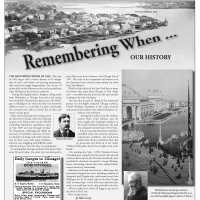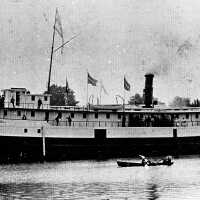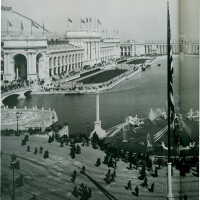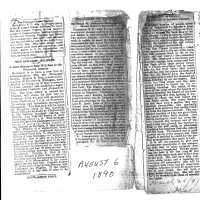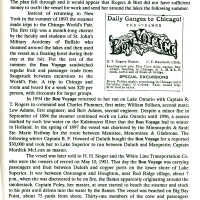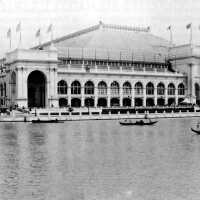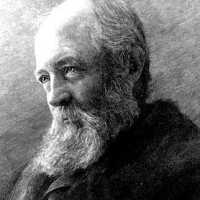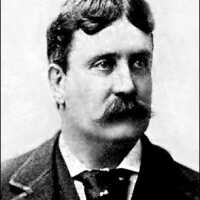Bon Voyage to the Chicago World's Columbian Exposition

2021.87.66
THE BLUSTERING WINDS OF 1893—The year of 1893 began with a winter bluster of 45 straight days of snow, cold winds, and freezing temperatures that tested even tough Saugatuckians. The ice was 10 inches thick on the Kalamazoo river and extended into Lake Michigan as far as the eye could see. During this frigid period, a freighter sailing south from Milwaukee to Chicago lost power and strong west winds blew the powerless ship across Lake Michigan to Michigan City where the ship was marooned offshore--frozen in a two-mile ice pack. Fortunately two crewmen were able to traverse the ice floes and secure a rescue party. Other winds of change were coming across the lake from Chicago where the finishing touches were being made on the World’s Columbian Exposition, scheduled to open in May 1893 and run through October. The Exposition, celebrating the 400th anniversary of Columbus’ discovery of America, had been in design and under construction for three years with major problems, and now was struggling with difficult winter setbacks trying to meet the May 1st opening day. It’s amazing that Chicago would win this honor when some 20 years before, the entire city was destroyed in one of the worst fires in history—the Chicago Fire of 1871. The cities in the competition all wanted to be the American hosts, and the name-calling was often loud and offensive. Which led the editor of the New York Sun to name the bluster that came from Chicago as “that windy city”—a moniker that has stuck over the years and has nothing to do with wind gusts. The man that was put in charge of this mammoth project was the highly respected Chicago architect, Daniel Burnham. Burnham, to his credit, pursued and procured the nation’s most talented designers, architects, and craftsmen. Among these talents were his architect partner Root, Louis Sullivan, and the most sought after landscape architect in the world, Frederick Olmstead—the man who designed Central Park in New York. A lesser man than Burnham would have crumbled under the immense pressures, construction problems, and back-room politics that tried to undermine him. But he persevered and lived up to his credo: “Make no little plans; they have no magic to stir men’s blood.” On opening day, May 1 1893, President Grover Cleveland gave a speech that few heard; then pressed a button that lit up the fair. This fair introduced a new standard for electricity invented by George Westinghouse--alternating current that soon replaced direct current electricity nationwide. Admission to the fair was 50 cents, a little steep, but thousands thronged the event. Including residents of Saugatuck and Douglas who could steam across Lake Michigan for $1.50 round trip on the Bon Voyage (left) or other ships. Or for $20 room and board per week, you could stay on the ship and walk to the fair. All you needed was a horse & buggy to get you to the dock at Pier Cove. Next: inside the fair. by Rob Carey
Remembering When
Winthers, Sally
2021.87
Sheridan, John "Jack" O. 1938-
Donation
Digital data in CatalogIt
Pier Cove 1839-
Chicago, Illinois
Ganges, Michigan
Local Observer
12/31/2021
04/01/2024

